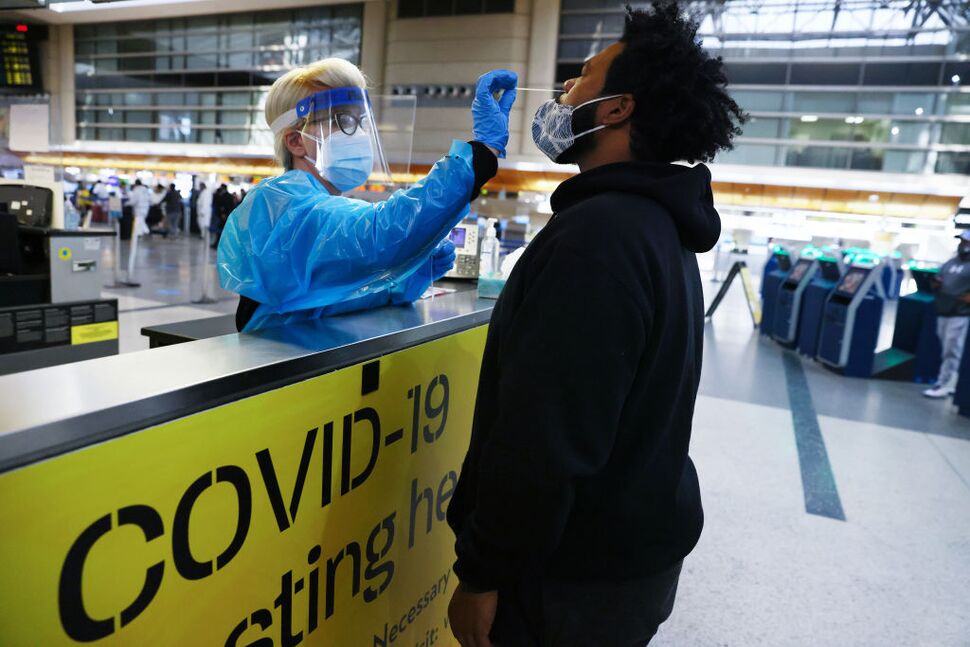Five years ago today the World Health Organization called COVID-19 a pandemic for the first time. Much about the coronavirus was a mystery then – how exactly it spread, if we could treat it and whether we could prevent it. While the answers to those questions unraveled over the following years, a big one remains unanswered: What is the origin of COVID-19?
Theories about the origin of the coronavirus that has killed more than 1.2 million Americans have sparked strong debate – much of it seemingly partisan – in the U.S. and beyond. Leading theories include an animal host that transmitted COVID-19 to a human or an emergence from a laboratory leak. Researchers strongly lean towards the theory that a person caught the virus from a wild animal at the Huanan Seafood Market in Wuhan, China. The leading suspect so far has been a raccoon dog.
But U.S. intelligence agencies are more split on the origin of COVID-19, with the CIA in January saying it assessed that the coronavirus more likely emerged from a lab than from nature. However, the spy agency said it had “low confidence” in its conclusion, and the agency’s finding was not the result of any new intelligence. To read the full story.

